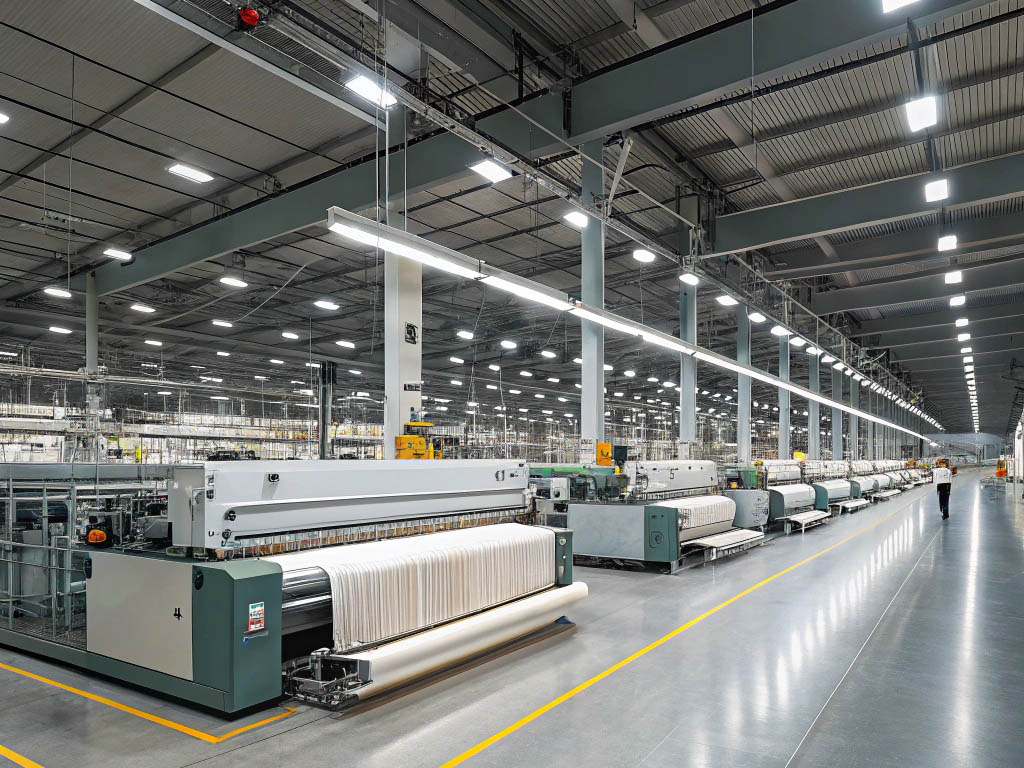Europe is home to some of the world’s leading fashion brands and textile manufacturers. But when it comes to large-scale apparel production, who holds the top spot?
Inditex, the parent company of Zara, is the biggest apparel manufacturer in Europe. With a supply chain spanning multiple countries, Inditex produces millions of garments annually, supporting its fast-fashion business model1. Other key players include H&M, PVH (owner of Tommy Hilfiger and Calvin Klein), and LPP.
Understanding Europe’s apparel manufacturing landscape is essential for businesses looking to enter or expand in this market. Let’s explore the biggest manufacturers and the trends shaping the industry.

What makes Inditex the biggest apparel manufacturer in Europe?
Inditex dominates Europe’s apparel production, but what sets it apart from competitors?
Inditex controls a vertically integrated supply chain, allowing it to produce and distribute fashion items at high speed. It operates over 7,000 stores worldwide and produces much of its clothing in Spain, Portugal, and Morocco.
A unique fast-fashion model
Inditex follows a "produce-quickly, sell-fast" approach. Unlike traditional brands that take months to release new collections, Inditex can design, manufacture, and distribute new items within weeks.
A mix of European and nearshore production
While Inditex sources some products from Asia, a large portion of its clothing is made in Spain, Portugal, and Turkey. This allows for better quality control and faster deliveries.
A powerful logistics network
With advanced distribution centers and real-time inventory tracking, Inditex ensures its stores are stocked efficiently, minimizing overproduction and waste.
Which other companies lead apparel manufacturing in Europe?
Inditex may be the largest, but it’s not the only major apparel manufacturer in Europe2. Other companies also play a significant role.
H&M, PVH, and LPP are among Europe’s top apparel manufacturers. Each has a unique business model and sourcing strategy, catering to different market segments.

H&M: A global fast-fashion competitor
Sweden-based H&M competes closely with Inditex. While its supply chain relies heavily on Asian manufacturers, it also produces garments in Europe for quicker turnaround times.
PVH: Premium and designer apparel manufacturing
PVH, which owns Tommy Hilfiger and Calvin Klein, focuses on high-end fashion. It sources premium fabrics and maintains strict quality control across its European production facilities.
LPP: Eastern Europe’s rising giant
Poland’s LPP, which owns brands like Reserved and Cropp, is growing rapidly. It manufactures in Poland and the Baltic region, benefiting from lower labor costs within Europe.
Where are the main apparel manufacturing hubs in Europe?
Not all European countries play an equal role in apparel production. Some nations have a long history of textile manufacturing and continue to lead the industry.
Portugal, Italy, and Turkey are Europe’s top apparel manufacturing hubs. They specialize in high-quality textiles, fast-fashion production, and sustainable clothing.
Portugal: High-quality textiles and ethical production
Portugal is known for its skilled workforce and eco-friendly manufacturing. Many premium and sustainable brands source their garments from Portuguese factories.
Italy: The luxury fashion powerhouse
Italy leads in high-end and designer apparel production. Factories in Milan, Florence, and Veneto produce garments for luxury brands like Gucci and Prada.
Turkey: A key supplier for fast fashion
Turkey offers competitive labor costs and quick shipping to Europe. It’s a major sourcing hub for Inditex, H&M, and other fashion retailers.
How is sustainability shaping European apparel manufacturing?
Sustainability is now a top priority in the fashion industry. How are Europe’s largest manufacturers adapting?
Leading apparel manufacturers in Europe are investing in eco-friendly materials, ethical production, and circular fashion models to reduce waste and carbon emissions.
A shift toward recycled and organic materials
Brands are increasing their use of organic cotton, recycled polyester, and biodegradable fabrics. Inditex and H&M have launched extensive sustainability programs.

Ethical labor practices and fair wages
Portugal and Italy lead in fair-wage manufacturing. Consumers are increasingly demanding transparency in how and where their clothes are made.
Circular fashion and resale programs
Companies like H&M and PVH are introducing resale and recycling programs, allowing customers to return old clothing for repurposing.
What are the future trends in European apparel manufacturing?
The apparel industry is constantly evolving. What changes can we expect in the coming years?
Automation, nearshoring, and digitalization are transforming how apparel is produced in Europe. Companies must adapt to remain competitive.
Automation and AI in textile production
Robotic sewing machines and AI-powered fabric cutting are improving efficiency, reducing waste, and lowering production costs.
Nearshoring: Bringing production closer to consumers
European brands are shifting production from Asia to nearby regions like Turkey, Portugal, and North Africa to speed up delivery times and improve sustainability.
Digital fashion and 3D design
Brands are using digital fashion tools to create virtual prototypes, reducing material waste and streamlining design processes.
Conclusion
Inditex is the largest apparel manufacturer in Europe2, leading with a fast and flexible supply chain. Other major players like H&M, PVH, and LPP also shape the market, each with unique strengths. As sustainability, automation, and nearshoring trends continue to evolve, European apparel manufacturing is set for significant transformation.













